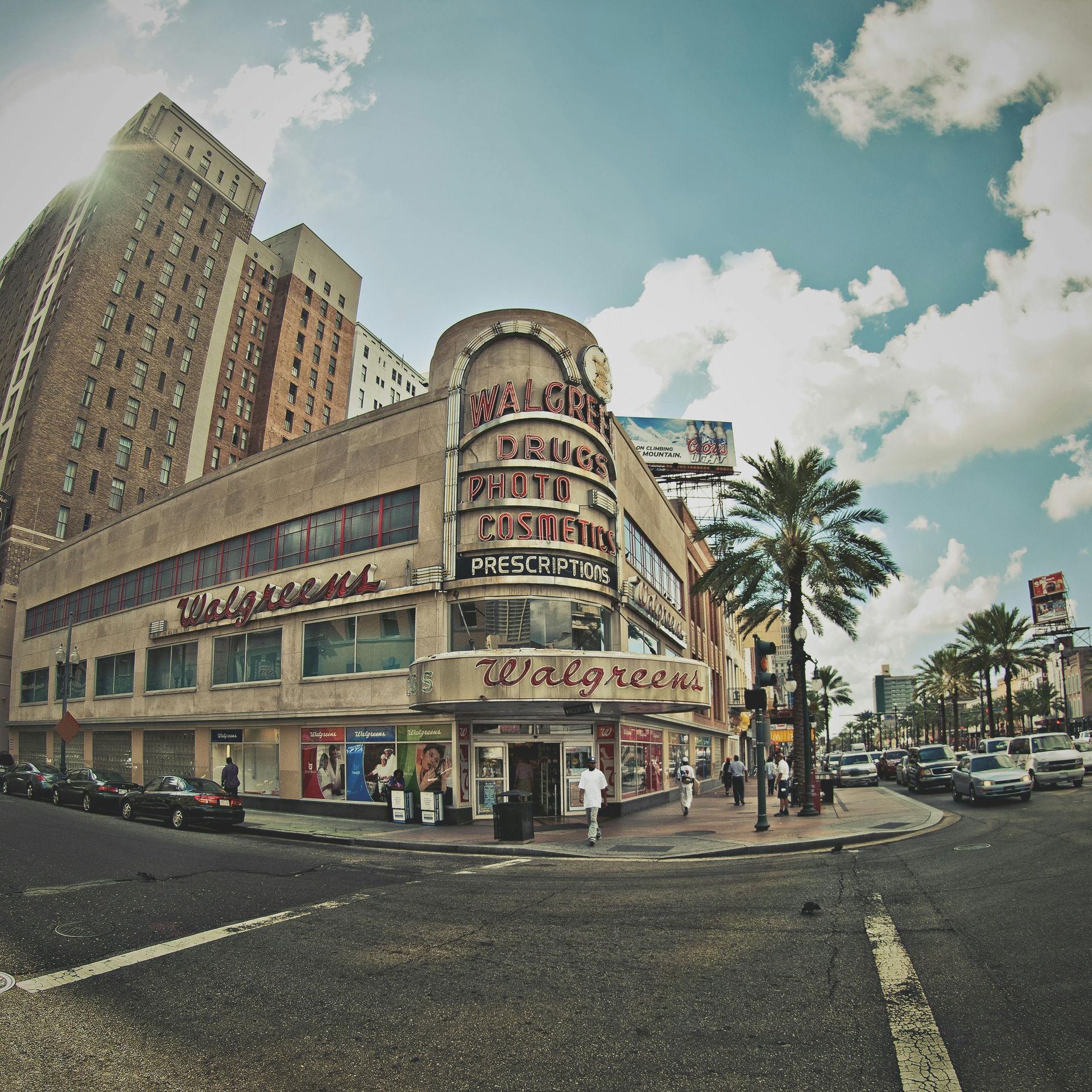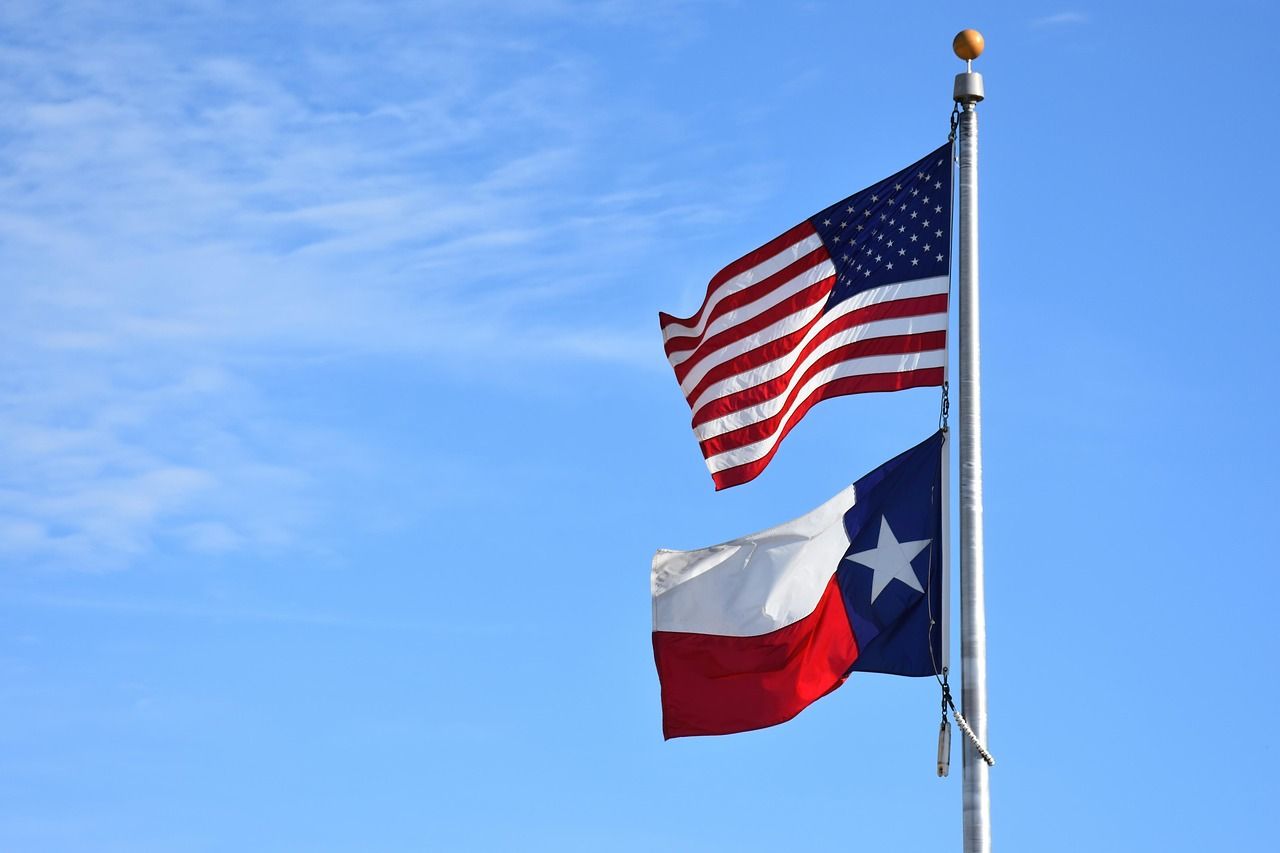A Road trip from Montreal to Toronto takes you between Canada’s two most populous cities.
You’ll pass through the two largest provinces in Canada, Quebec and Ontario, travelling from the largest city in the former to the capital of the latter.
Along the way, you’ll see forests, lakes, rivers, wildlife, and countless attractions that are
synonymous with Canadian culture.
Read on to discover everything there is to do and see on your journey along the southern border of the “Great White North”.
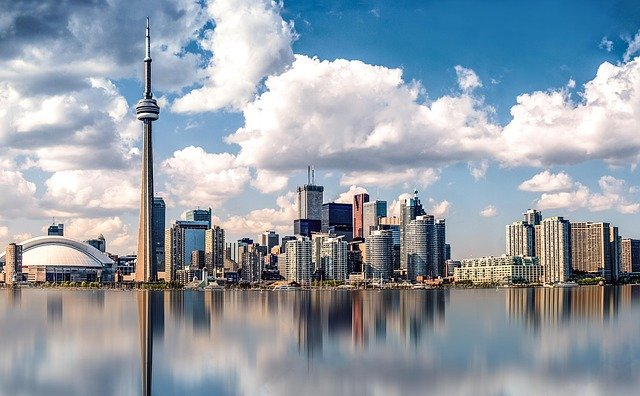
A Road Trip From Montreal To Toronto: How Far Is It, How Long Will It Take To Get There & What Is The Best Route?
A road trip from Montreal to Toronto covers 540 kilometres (336 miles) and takes around 5 and ½ hours to complete.
However, despite its reasonable length, the journey is incredibly straightforward, essentially taking you along a single road that changes its name along the way.
You will begin by heading west on Quebec Route 136 and following it until it merges with Autoroute 20, just outside Benny Farm. You’ll follow this to the provincial border, where it becomes King’s Highway 401 as you pass into Ontario.
This will then take you the remaining 469 kilometres (291 miles) to Toronto.
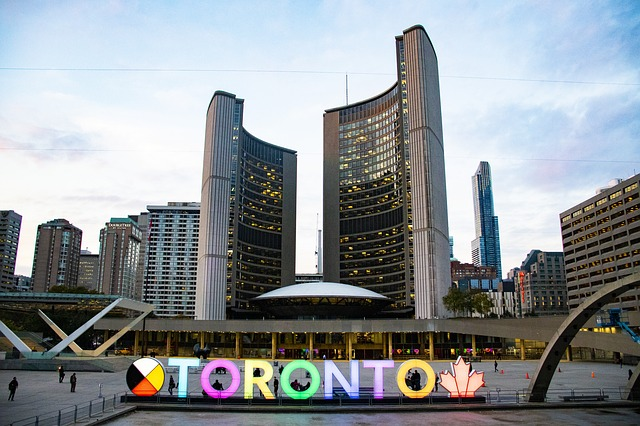
Best Place To Stop On A Road Trip From Montreal To Toronto – Ottawa
While a road trip from Montreal to Toronto can easily be completed in a single day, those who want to make the most of the journey may want to consider taking a few detours and splitting their journey up, to ensure they experience everything there is on offer along the way.
The best place to stop on a road trip from Montreal to Toronto is the city of Ottawa. Located around an hours drive from our route, Ottawa is the capital of Canada, a position it has held since New Year’s Eve 1857, as well as the country’s 4th most populous city.
Originally settled as Bytown in 1826, the city of Ottawa was officially incorporated in 1855. It is a city well known for its historic architecture, lacking many of the skyscrapers prominent in other major Canadian cities.
It is particularly popular for its collection of architectural wonders, performing arts centres, heritage sites, and museums.
It’s also the primary home of the Federal Government of Canada, so will draw interest from those interested in Canadian politics or wanting to see the parliament buildings.
Ottawa even hosts a number of exciting festivals throughout the year, such as the Ottawa Dragon Boat Festival, Ottawa International Jazz Festival, the main Canada Day celebrations, and Winterlude, the largest festival in the country.
Being slightly further from the United States border, in a more isolated location, has helped Ottawa to avoid becoming quite as popular with tourists as the cities further south. This allows visitors to take in its history and culture in a slightly more relaxed environment.
Best Hotel To Stay At In Ottawa – Fairmont Chateau Laurier
The Fairmont Chateau Laurier is a grand, historic, 5-star hotel that represents the city of Ottawa perfectly.
The building itself was opened in the early 1900’s and boasts Chateauesque and French Gothic Revival architecture that have had it designated a National Historic Site Of Canada.
Located adjacent to the Canadian parliament buildings, the beauty of the hotel itself is then complimented by luxuriously decorated interiors and stunning views of its surroundings, such as the Rideau Canal.
Each of the 429 guest rooms boasts classical furniture combined with modern amenities, such as flat screen cable TVs, mini bars, air conditioning, and tea and coffee making facilities. Each room is also completely pet friendly.
The on-site health club features a well equipped fitness centre, as well as a swimming pool, which is perfect whether you want to work out or unwind. There is also Wi-Fi available throughout the property.
Meanwhile, dining options include Wilfrid’s Restaurant, where you can enjoy gourmet cuisine while taking in the stunning views, as well as Zoe’s Lounge, which serves everything from afternoon tea to evening cocktails.
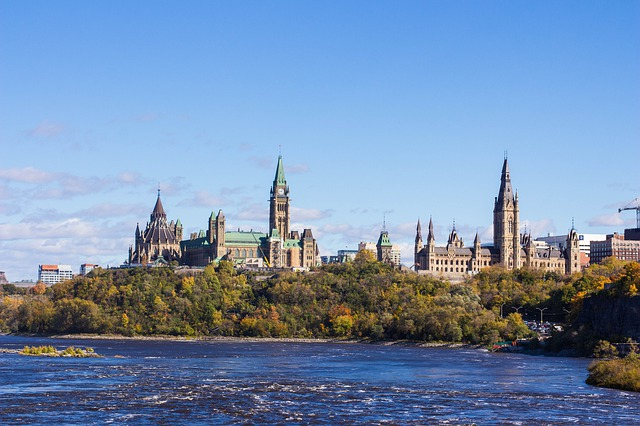
Best Time For A Road Trip From Montreal To Toronto
Those seeking the best time for a road trip from Montreal to Toronto would do well to consider the period from late May to early October.
That is because even the southern parts of Canada that we will be driving through are known for exceptionally low temperatures during winter.
While the temperature isn’t going to be blistering during this period, it should be pleasant and reasonably warm for the most part. That means you can focus on enjoying your trip, instead of worrying about the weather.
This is particularly important considering your destination is located on the shores of one of the world’s largest, most famous lakes, Lake Ontario.
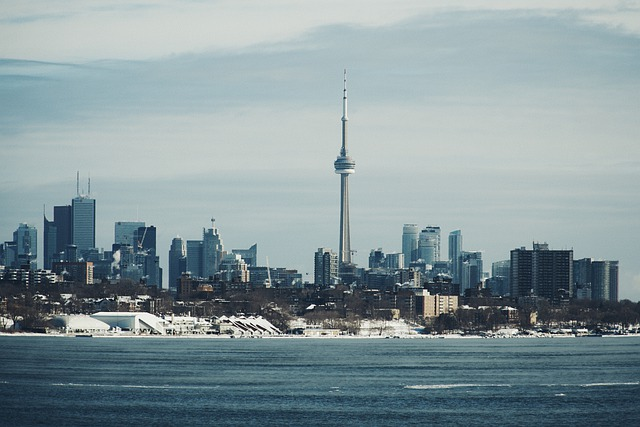
Top Attractions On A Road Trip From Montreal To Toronto
A road trip from Montreal to Toronto is a journey filled with sights and sounds synonymous with the distinctive culture of Canada.
While not a short journey, it is a length that should give you ample opportunity to stop and enjoy any of the sights you are interested in along the way.
The following list features what we consider to be the absolute highlights of the journey. These are the things you simply have to stop and take in if you possibly can.
Brockville Railway Tunnel
Brockville Railway Tunnel was the first ever railway tunnel built in Canada and opened on New Year’s Eve 1860. However, after more than 100 years in service, it was sold off and ceased functioning as a rail tunnel in the mid-1980s.
While it still holds plenty of historical significance for railway enthusiasts, it has also been converted into a seasonal tourist attraction that makes it a fun and exciting destination for a wider range of tourists.
In a near 18-month renovation effort in 2016 and 2017, the historic Brockville Railway Tunnel was transformed into a living work of art.
Brightly coloured LED’s form patterns along the walls, while accompanying music synchronises with the lights to create an immersive and atmospheric display.
Take a stroll down the length of the tunnel to soak in its beauty, both historical and modern, and perhaps get a better understanding of how Canada has evolved over the last 100 or so years.
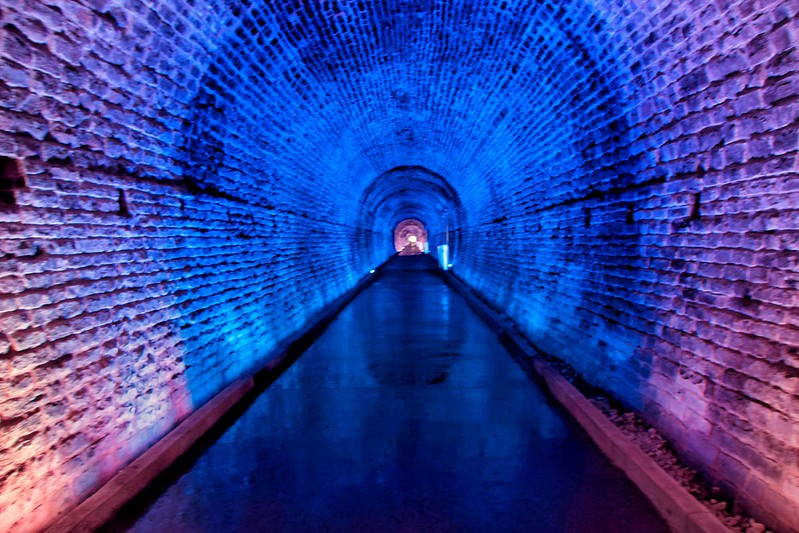
Thousand Islands Parkway
The Thousand Islands Parkway is a scenic 39 kilometre (24 mile) parkway, which runs along the north bank of the St Lawrence River, from Butternut Bay to where the river flows into Lake Ontario.
The Thousand Islands Parkway is among the most famous roads in the region, due to the stunning views it offers.
It gets its name from the collection of islands located within this stretch of the river, many of which can easily be seen as you drive, due to how close the parkway is to the water.
Some of the islands, including the largest of the group, Howe Island, can even be driven onto, allowing you to expand the views on offer even further.
Combined with a fabulous collection of small towns and lighthouses, including the second largest lighthouse in Ontario, the Wolfe Island (Québec Head) Lighthouse, Thousand Islands Parkway is a truly breathtaking stretch of road that is well worth adding an extra hour to the drive.
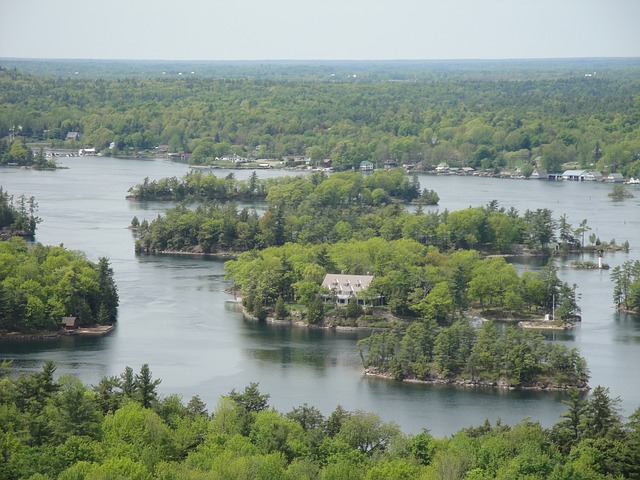
Kingston, Ontario
While the city of Kingston officially came into existence in 1760, it was settled on land that had been inhabited since 1673, as the 17th century trading post Fort Cataraqui.
Located at the mouth of the St Lawrence River, where it flows into Lake Ontario, Kingston served as the original capital city of Canada from 1841 to 1844.
Despite not being a notorious tourist destination, Kingston boasts perhaps more historical attractions than any other city in the country.
Kingston features a total of 1211 locations that are listed on the heritage register of the Ontario Heritage Act, plus 21 locations listed on the National Historic Sites Of Canada register, and even a World Heritage Site, the Rideau Canal and its historic fortifications.
This makes Kingston an absolutely must visit destination for any fans of history and the growth of Canada.
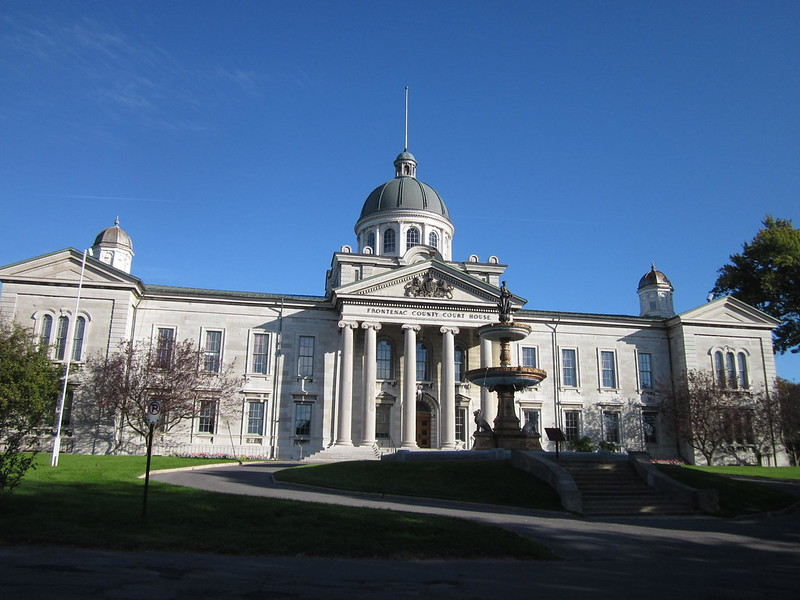
Prince Edward County
Prince Edward County is a sprawling region in southern Ontario that is largely surrounded by the waters of Lake Ontario. It is connected to the mainland by a single natural link, as well as a number of manmade bridges.
Aside from the incredible views of Lake Ontario that are available from its shores, Prince Edward County is primarily known for two things.
The first is a location known as Sandbanks Provincial Park. Covering 1,551 hectares, the park is considered to be one of the best sandy beaches in the province and also contains the largest bay-mouth barrier dune formation on Earth.
With the waters of Lake Ontario lapping at its shores and abundant with wildlife and beautiful views, Sandbanks Provincial park is a popular destination for recreational activities like swimming, fishing, hiking, cycling, camping, and birdwatching.
The other popular draw of Prince Edward County is the incredible collection of vineyards located within it. Wine enthusiasts travel from all over to take in the scenery, learn about the production methods, and sample some of the best vintages in all of Canada.
Other attractions in the county are the Prince Edward Point Bird Observatory and an incredible collection of lighthouses.
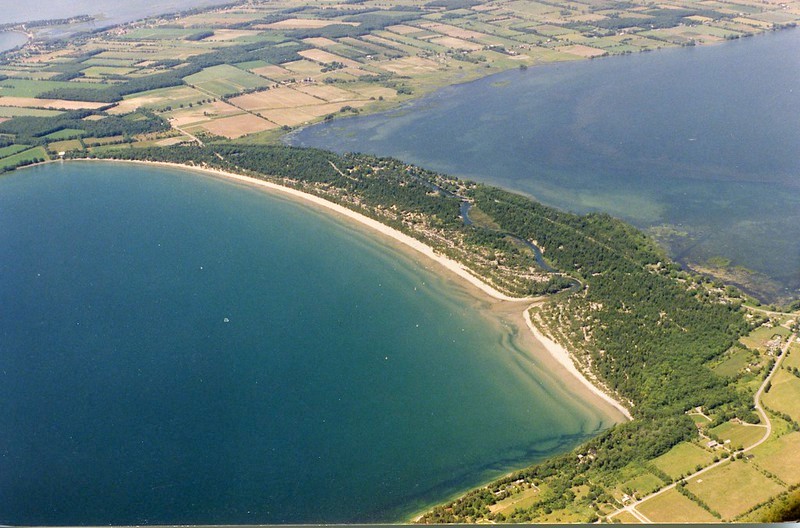
National Air Force Museum Of Canada
The National Air Force Museum Of Canada is a permanent collection of vehicles and memorabilia dedicated to honouring the history of the Royal Canadian Air Force (RCAF).
Visitors will see collections and hear information that will guide them through the years from the founding of the RCAF to its importance and operation in modern day Canada, explaining every detail of its evolution in great depth.
The collection of planes from every era of the RCAF will delight and amaze aviation enthusiasts.
Meanwhile, the memorials dedicated to squadrons who were lost in battle are a sombre yet necessary reminder of the true cost of war, as well as a great place to pay your respects.
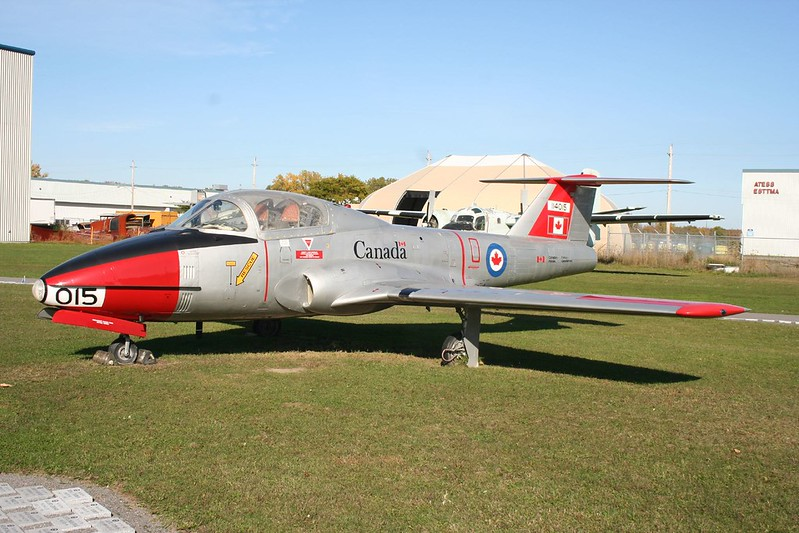
Lake Ontario
Lake Ontario features a surface area of 19,000 square kilometres (7,340 miles) and contains 1,640 cubic kilometres (393 miles) of water. This makes it the smallest of North America’s Great Lakes by area and second smallest by volume, ahead of Lake Erie.
However, despite being the smallest of the group, Lake Ontario still ranks as the 13th largest lake on Earth. Straddling the divide between the Canadian province of Ontario and the US state of New York, it is a truly stunning destination to visit.
Surrounded by historic settlements, forts, and lighthouses, while numerous small islands are located within its waters, it is a fabulous destination whether you want to take in some culture, enjoy some time on the water, or simply soak in the natural beauty.
It is even filled with incredible wildlife for you to enjoy, both in the water and on the shore.
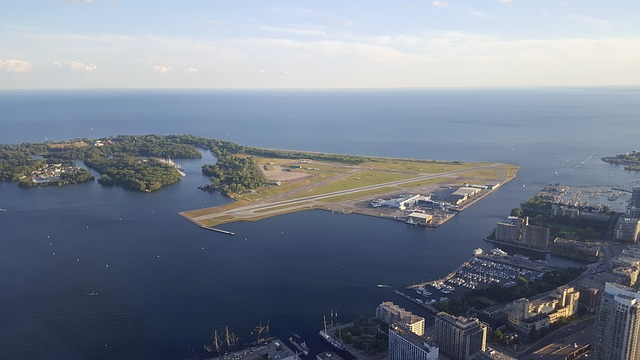
Ganaraska Forest
Despite the name, Ganaraska Forest is actually two forests that are recognised as one, situated between the towns of Oshawa and Peterborough. Visitors will arrive to find stunning, natural landscapes, filled with towering trees and all manner of local wildlife.
However, what sets Ganaraska Forest apart from similar locations in the region is the maze of aerial pathways, bridges, and ziplines located in its canopy. This unique attraction gives you the opportunity to explore a forest in an entirely new and exciting way.
Not only will you have better views and be able to experience the forest from a different perspective, but you will also go undetected by much of the wildlife on the forest floor.
This gives you the chance to watch them feeding and going about their lives in a way that simply wouldn’t be possible on the ground.
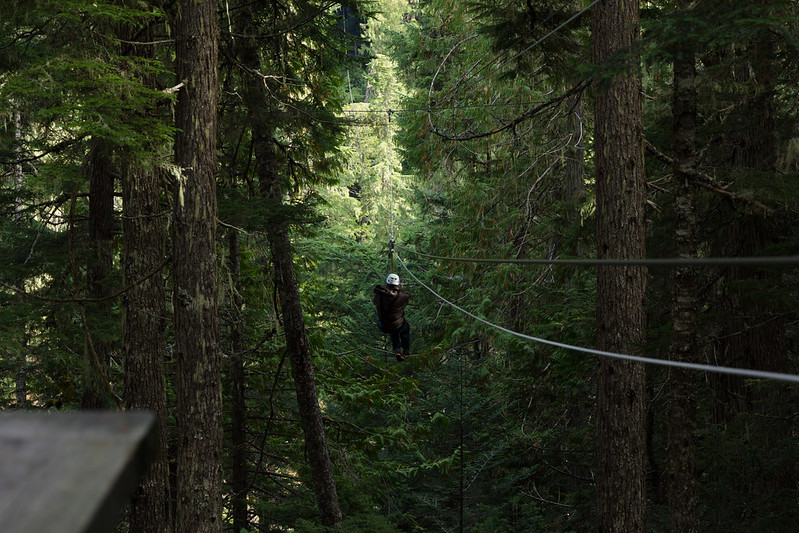
Jungle Cat World Wildlife Park
Jungle cat World Wildlife Park is a stunning safari park that gives guests the opportunity to see numerous different species of big cats up close and personal in large enclosures that faithfully recreate their natural habitats.
With cougars, leopards, lions, lynxes, panthers, tigers, and even some grey wolves, Jungle Cat World Wildlife Park is a must visit location for any fans of big cats.
Programs are even in effect that give you the chance to feed some of the cats under supervision from trained handlers.
Meanwhile, outside of the enclosures, the park has a range of other animals to enjoy as well. Birds, beavers, foxes, lemurs, monkeys, and more freely wander around the park, giving you the opportunity to have a number of extremely personal experiences.
With the ability to book a room in a safari-themed lodge or rooms inspired by the dens of some of the park’s big cats, as well as the chance to go camping, Jungle Cat World Wildlife Park is the perfect opportunity to take a break from the road and get back to nature for a while.

Conclusion
That concludes our guide to a road trip from Montreal to Toronto. Hopefully, it will have helped you to plan your route and given you plenty of ideas to keep you entertained as you travel between two of Canada’s most famous cities.
All that’s left is to go and start getting things booked. That way, you will guarantee you don’t have to miss out on anything and can start looking forward to experiencing it all for yourself as soon as possible.
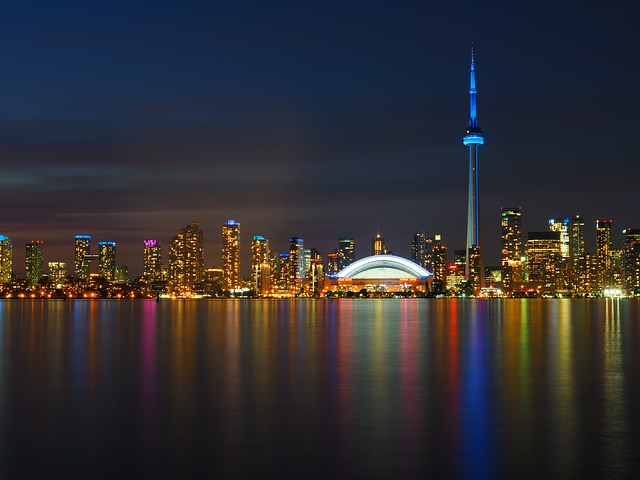
Recent Posts
Subscribe to get exclusive updates
Contact Us
We will get back to you as soon as possible.
Please try again later.
All Rights Reserved | by The Open Road Travel
